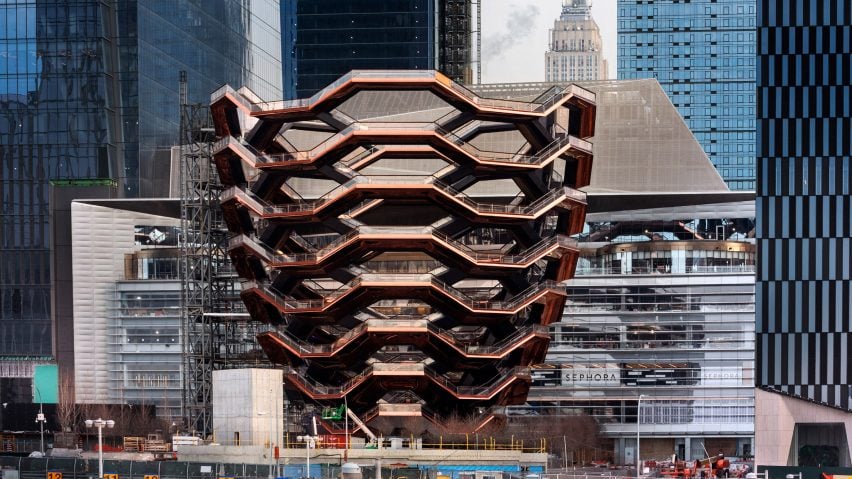This week on Dezeen, architecture writer Matt Shaw reflected on what went wrong with Heatherwick Studio’s Vessel, two years after the 16-storey viewpoint in New York’s Hudson Yards was closed.
In an opinion piece for Dezeen, Shaw argued that the structure failed in its function as a public space because Heatherwick Studio and the developers failed to consult the local community in the design process.
“The Vessel shows us how bad the vampiric ultra-wealthy and their for-profit developers are at making public space and public art,” he wrote. “There must be a feedback loop between the top-down and the bottom-up.”
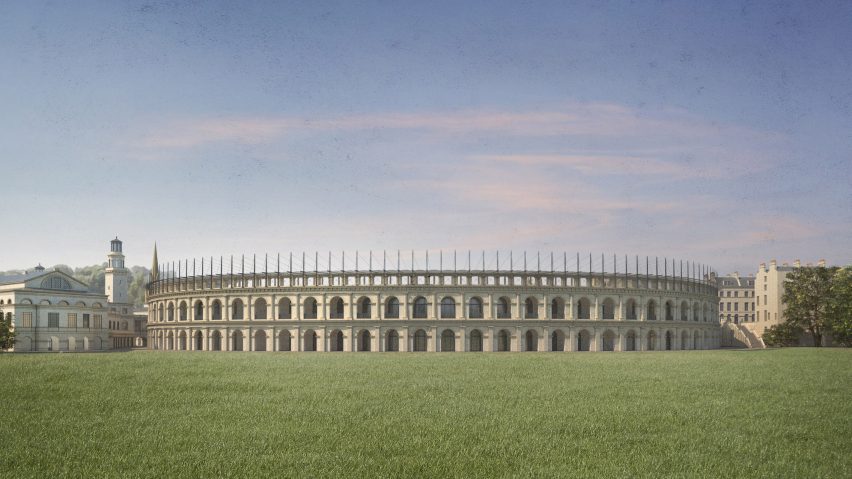
Another architecture project that proved controversial this week was the planned rugby stadium in the English city of Bath, for which the Bath Rugby club recently submitted the final development brief.
British studio Apollodorus Architecture argued that the proposed rectangular design was “at odds with Bath’s animated roofscape” and developed alternative plans for an oval design reminiscent of the Colosseum.
“The Romans invented the ellipse or oval for spectacles, so the choice seems apt given the city’s Romano-British origins,” said the studio’s director Mark Wilson Jones.
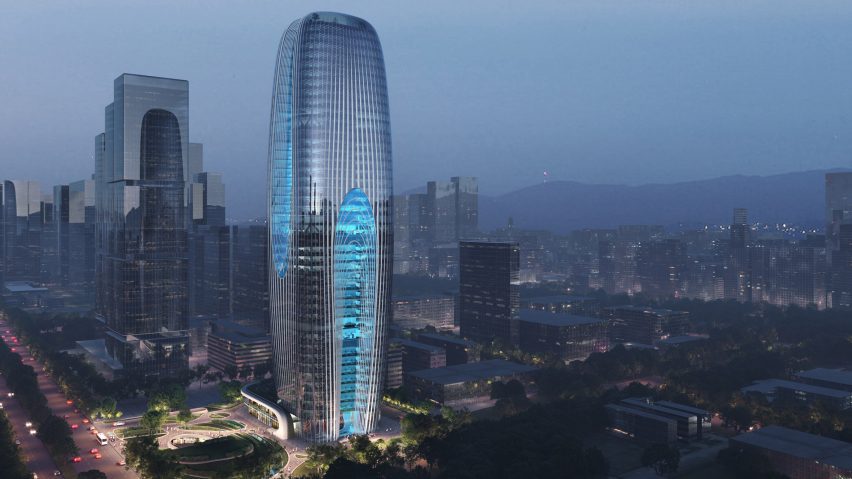
In China, architecture studio Zaha Hadid Architects announced plans for a 210-metre-tall skyscraper in Xi’an with a “cascade” of planted interior terraces modelled on mountainside waterfalls.
The mixed-use Daxia Tower will feature glazed keyhole-shaped openings on each of its elevations, so the terraces will offer views across the city.

This week, we also interviewed French designer Philippe Starck about his shift towards a more “asexual” design language, which he argues will become the norm in the face of an impending loneliness epidemic.
“The market of asexuality will be so revolutionary because everything we have produced in the world is driven by sexuality,” he told Dezeen. “What will be human production without sexuality? That is very, very interesting.”
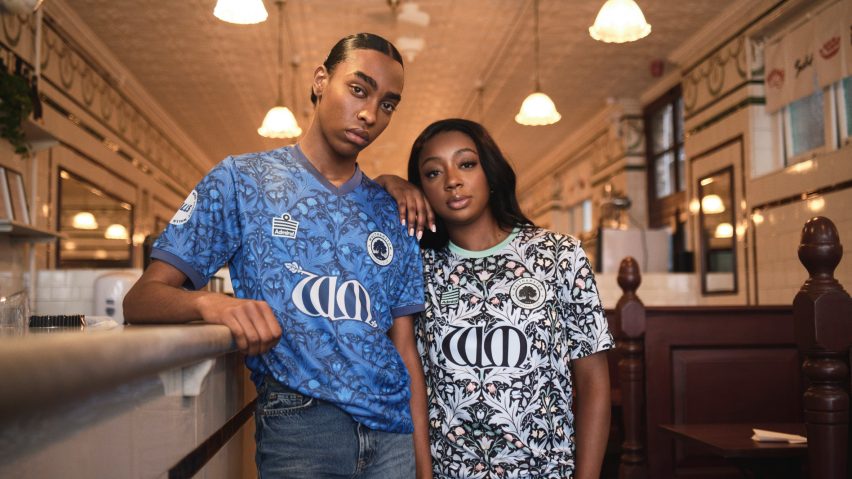
Elsewhere in the world of design, the distinctive floral patterns of British manufacturer Morris & Co were transposed from textiles and wallpapers onto the kits of east London football club Walthamstow FC.
The revamped kits were created in collaboration with the Walthamstow-based William Morris Gallery and local art collective Wood Street Walls.
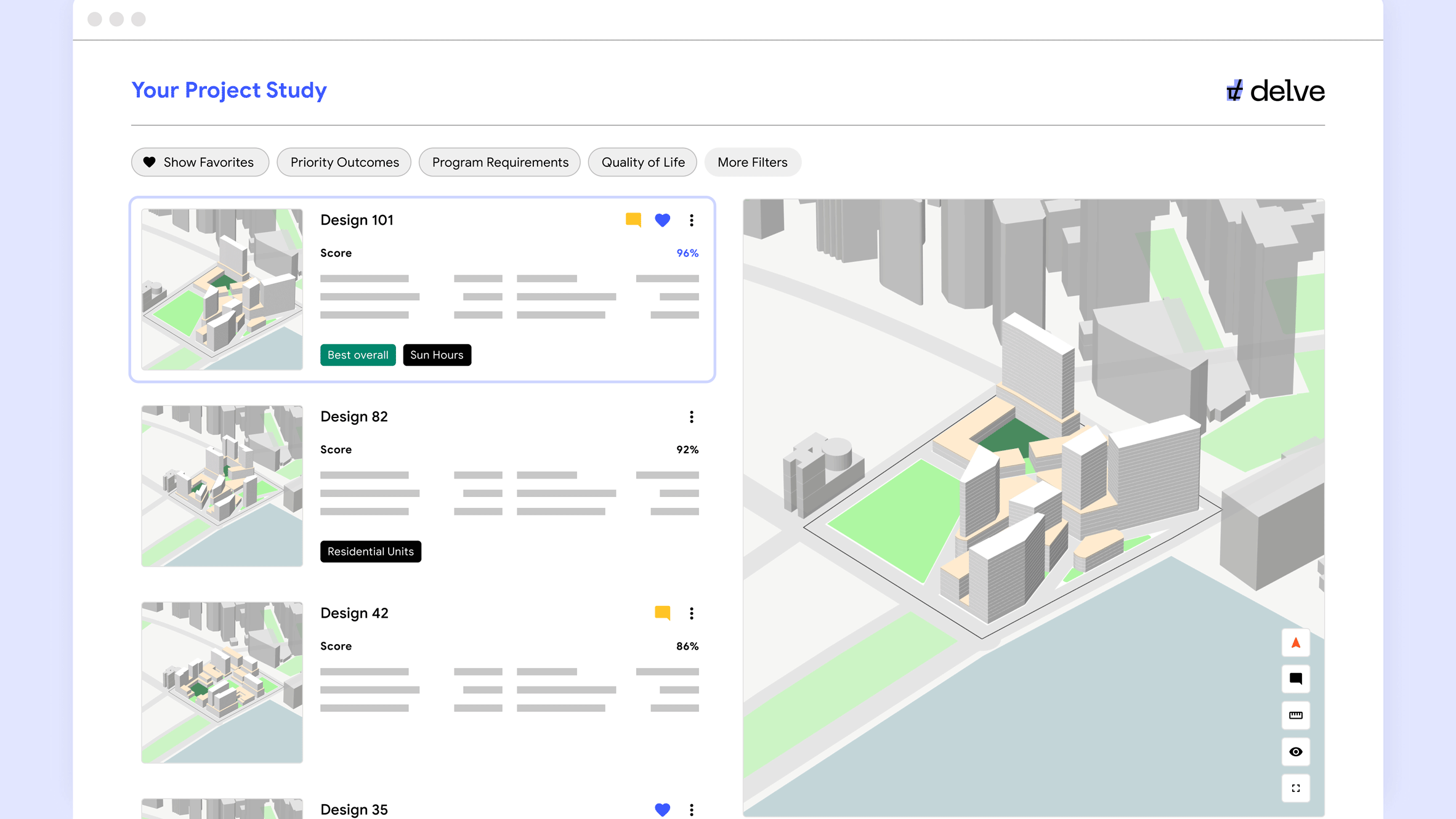
Our AItopia series continued with a roundup of 10 artificial intelligence apps that architects and designers need to know, including a floorplan generator and an “AI interior designer”.
At the same time, YuJune Park and Caspar Lam of digital design consultancy Synoptic Office argued in an opinion piece that any AI design will always require a human touch if it hopes to appeal to humans and all their senses.
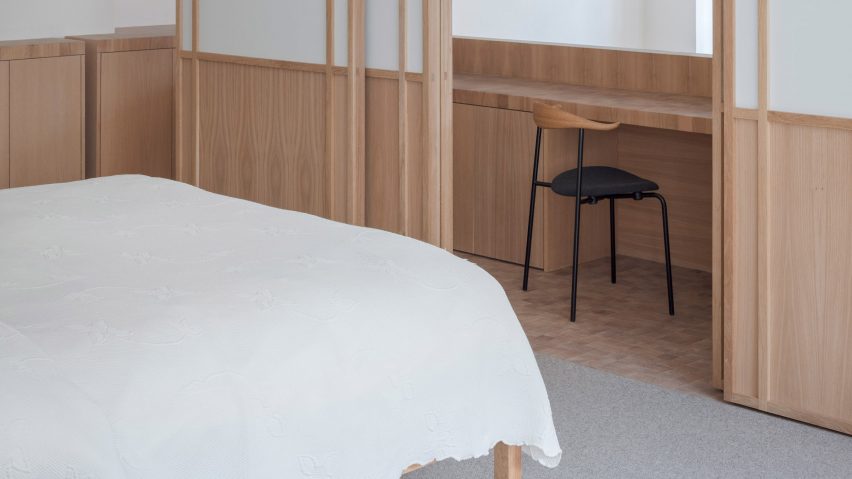
Popular projects this week included a home in Taiwan that is hidden behind a perforated “brick veil”, an Ontario hotel that was rescued from ruin and a glasshouse-informed steel pavilion on the Isle of Wight.
Our latest lookbooks featured clever wine storage, bedrooms with space-efficient desks and interiors that draw on the principles of wabi-sabi.
This week on Dezeen
This week on Dezeen is our regular roundup of the week’s top news stories. Subscribe to our newsletters to be sure you don’t miss anything.

